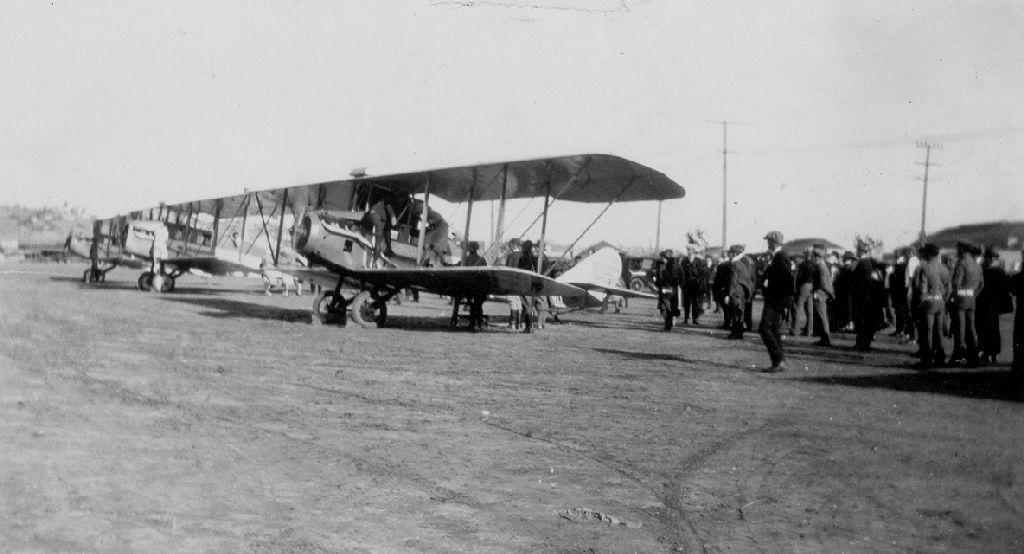
1 March 1925: Ryan Airlines Incorporated, founded by Tubal Claude Ryan and Frank Mahoney, began a regularly-scheduled passenger airline service, the Los Angeles–San Diego Air Line. The airline connected San Diego and Los Angeles, the two largest cities in southern California.
One of the airplanes used the Douglas Aircraft Company’s first airplane, a Davis-Douglas Cloudster, which was modified to carry as many as ten passengers, and three Standard Aero Corporation J-1 trainers, each modified to carry four passengers.
Scheduled flights departed Los Angeles for San Diego at 9:00 a.m., daily, and from San Diego to Los Angeles at 4:00 p.m., daily. The fare for a one-way flight was $14.50, and a round trip was $22.50.
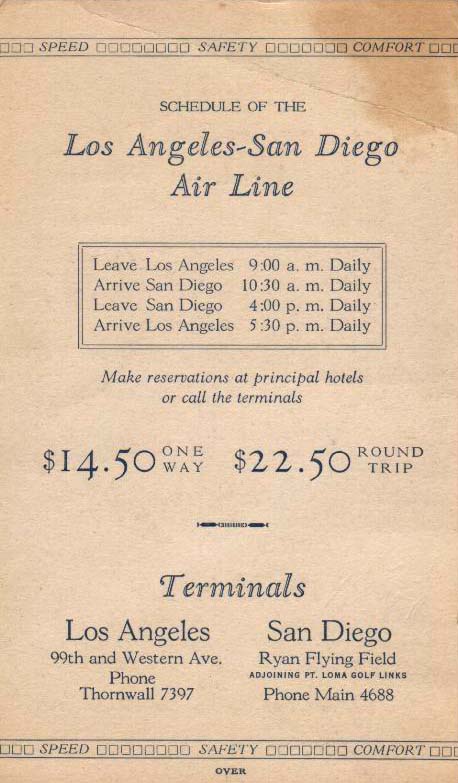
The photograph below (from the collection of the San Diego Air and Space Museum) shows opening day activities at Dutch Flats, near the current intersection of Midway Drive and Barnett Avenue, in the city of San Diego.
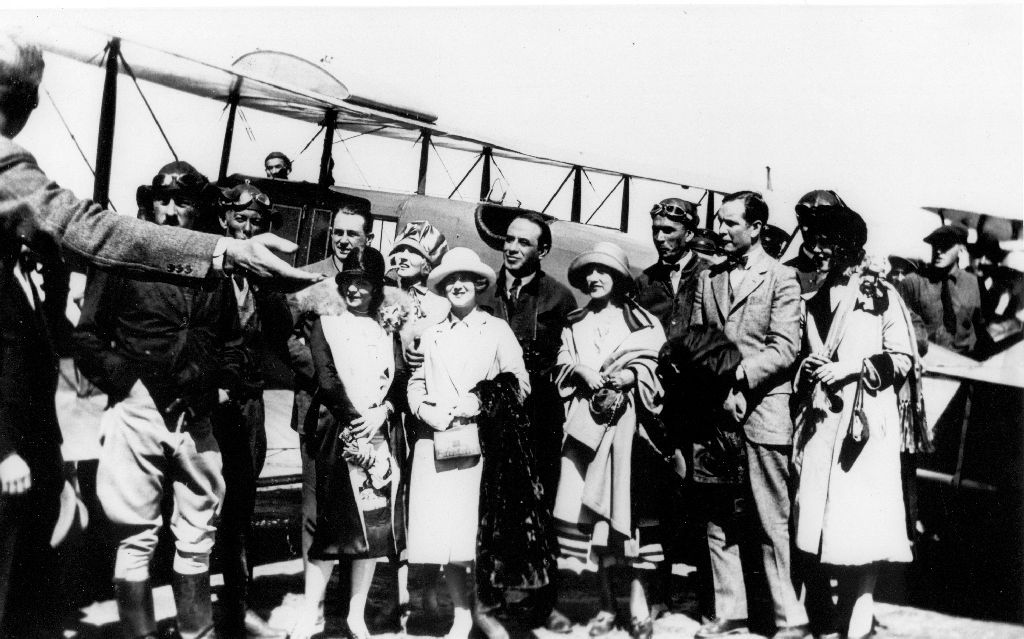
The Davis-Douglas Cloudster was the first airplane built by the Douglas Airplane Company in Santa Monica, California. Donald Douglas’s investor, David R. Davis, had asked for an airplane to attempt a non-stop cross country flight.
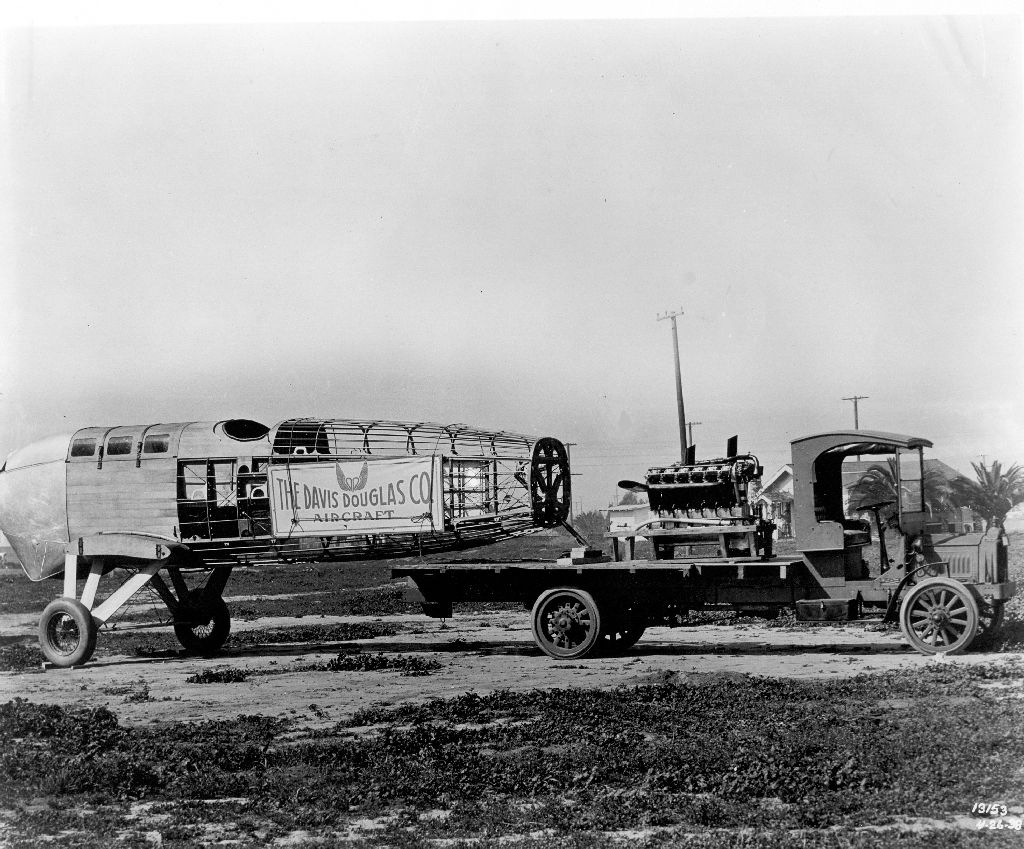
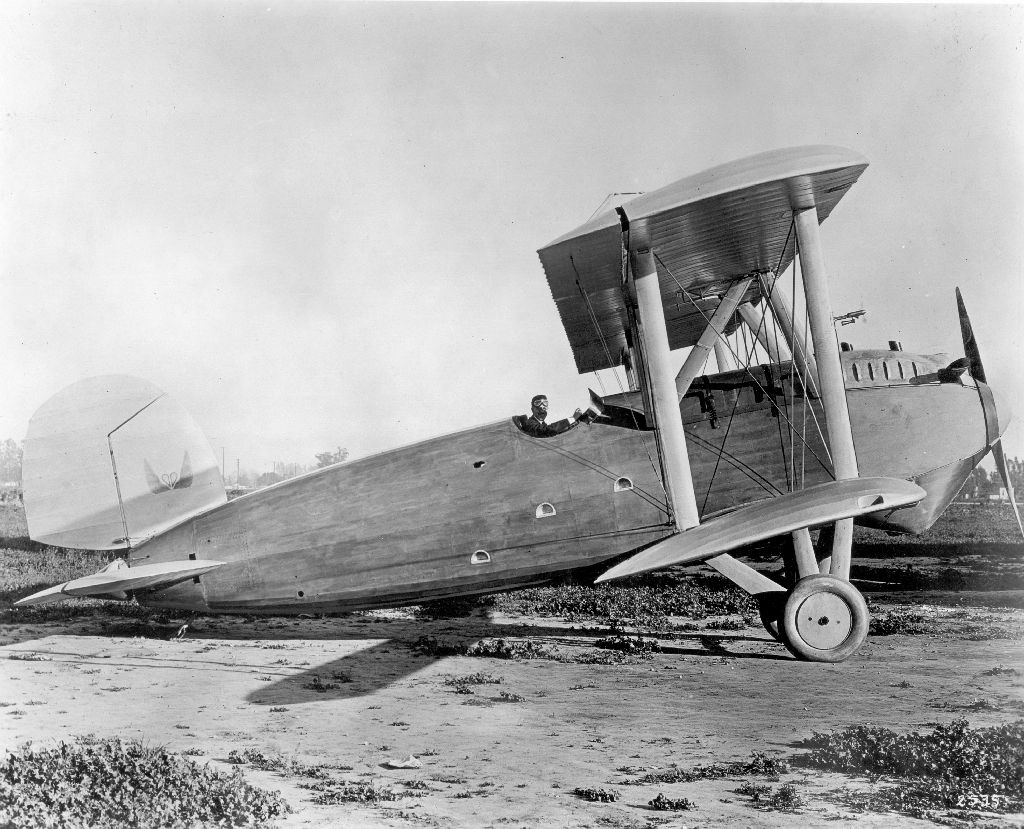
The Cloudster was built by the Davis-Douglas Company at Santa Monica, California. It was a two-place, single-engine, single-bay biplane. It was 36 feet, 9 inches (11.201 meters) long, with a wingspan 55 feet, 11 inches (17.043 meters), and height 12 feet, 0 inches (3.658 meters). Its gross weight was 9,600 pounds (4,355 kilograms).
The Cloudster was powered by a water-cooled, normally-aspirated 1,649.34-cubic-inch-displacement (27.028 liter) Liberty 12 single overhead cam (SOHC) 45° V-12 engine, which produced 408 horsepower at 1,800 r.p.m., and drove a two-bladed, fixed-pitch propeller.
The Cloudster had a cruise speed of 85 miles per hour (137 kilometers per hour), and maximum of 120 miles per hour (193 kilometer per hour). Its normal range was 550 miles (885 kilometers), but when equipped for the transcontinental flight, its range was increased to 2,700 miles (4,345 kilometers).
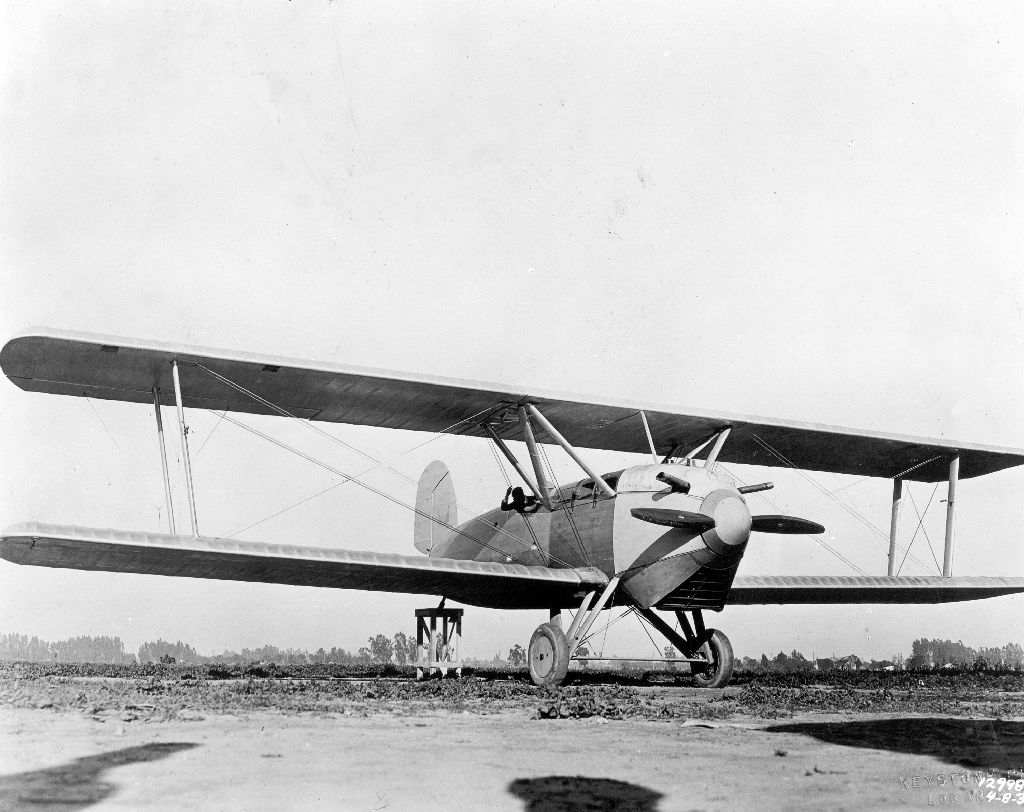
The Cloudster first flew on 24 February 1921. It was the first airplane capable of lifting a payload greater than its own weight. The airplane was flew 785 miles (1,263 kilometers) in 8 hours, 45 minutes, when a timing gear failed, forcing a landing in Texas. The airplane was shipped back to Santa Monica for repairs. Before another attempt could be made, Lieutenant John Arthur Macready and Lieutenant Oakley George Kelly, United States Army, made a successful non-stop flight with a Nederlandse Vliegtuigenfabriek Fokker T-2, 2–3 May 1923.
After this, Davis pulled out of the company. The Cloudster was sold to Ryan for $6,000.
During Prohibition,¹ the Cloudster was used to fly contraband alcoholic beverages into the United States from Mexico. In December 1926, it made a crash landing on a beach near Ensenada, Baja California, Mexico, and was damaged beyond repair.
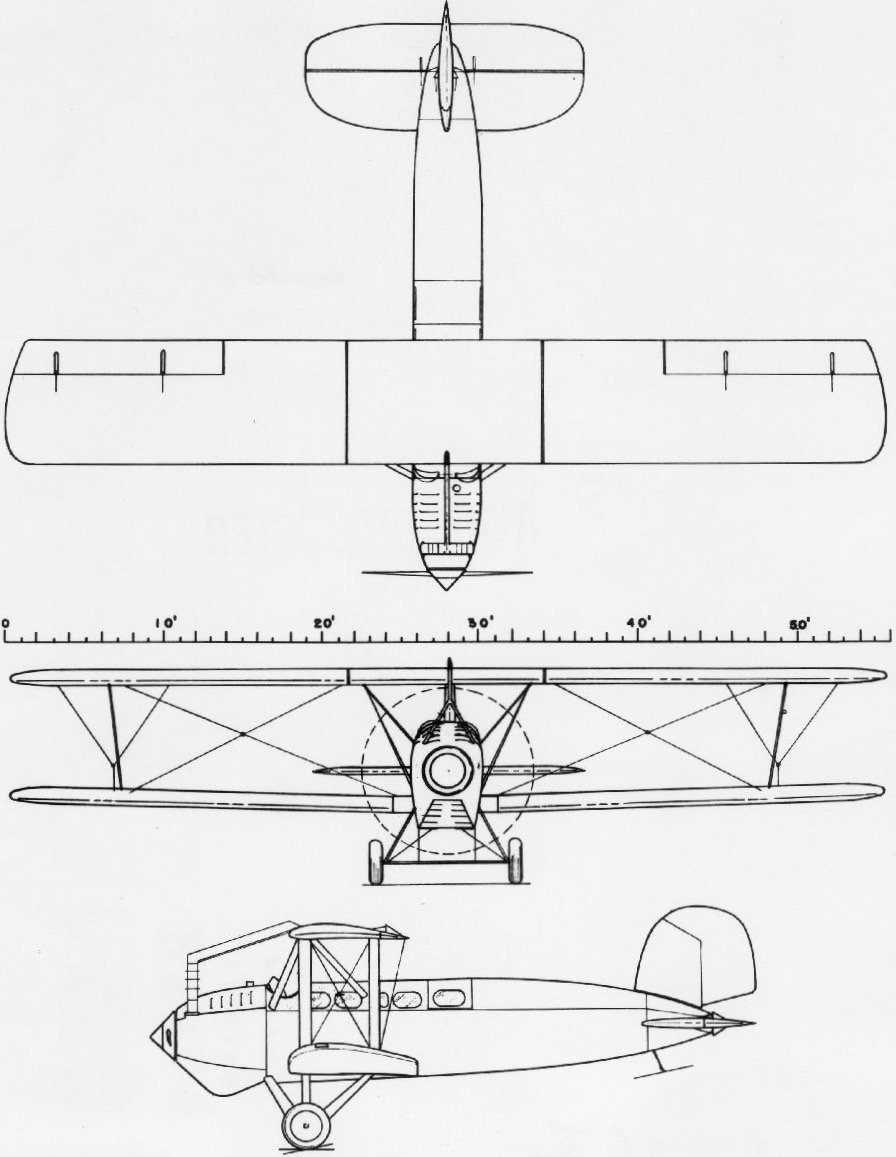
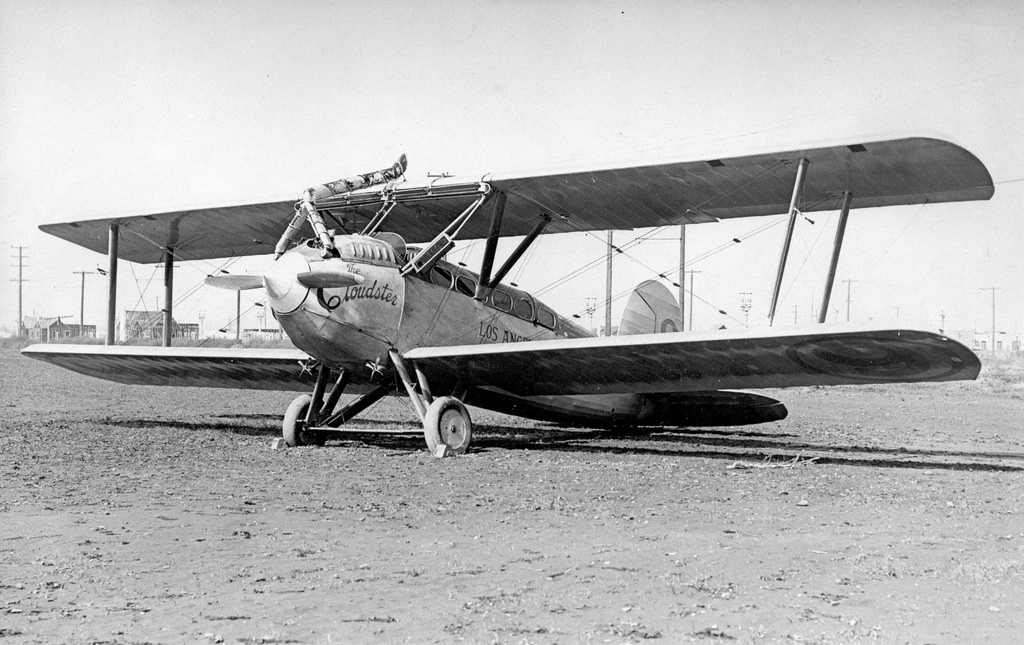
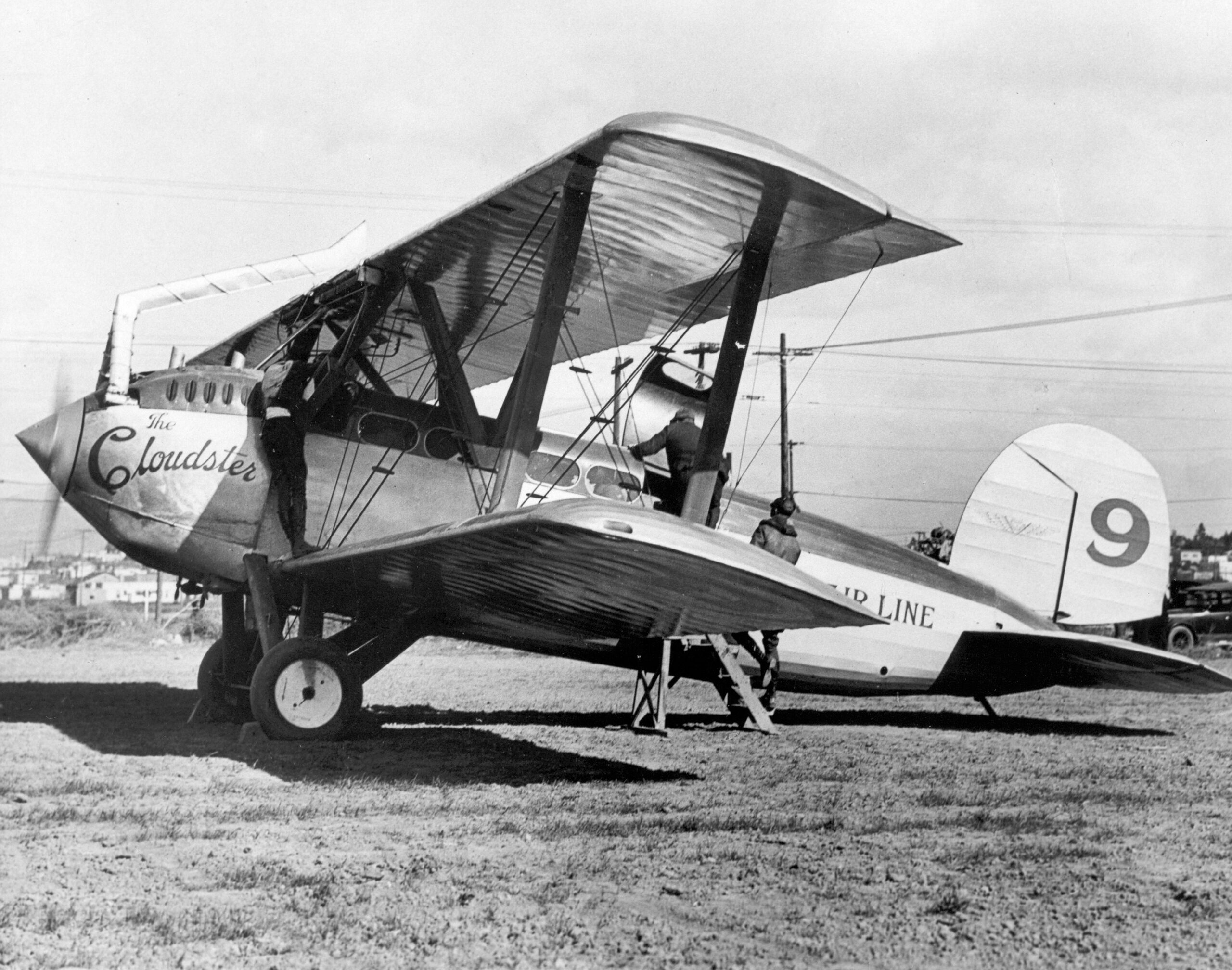
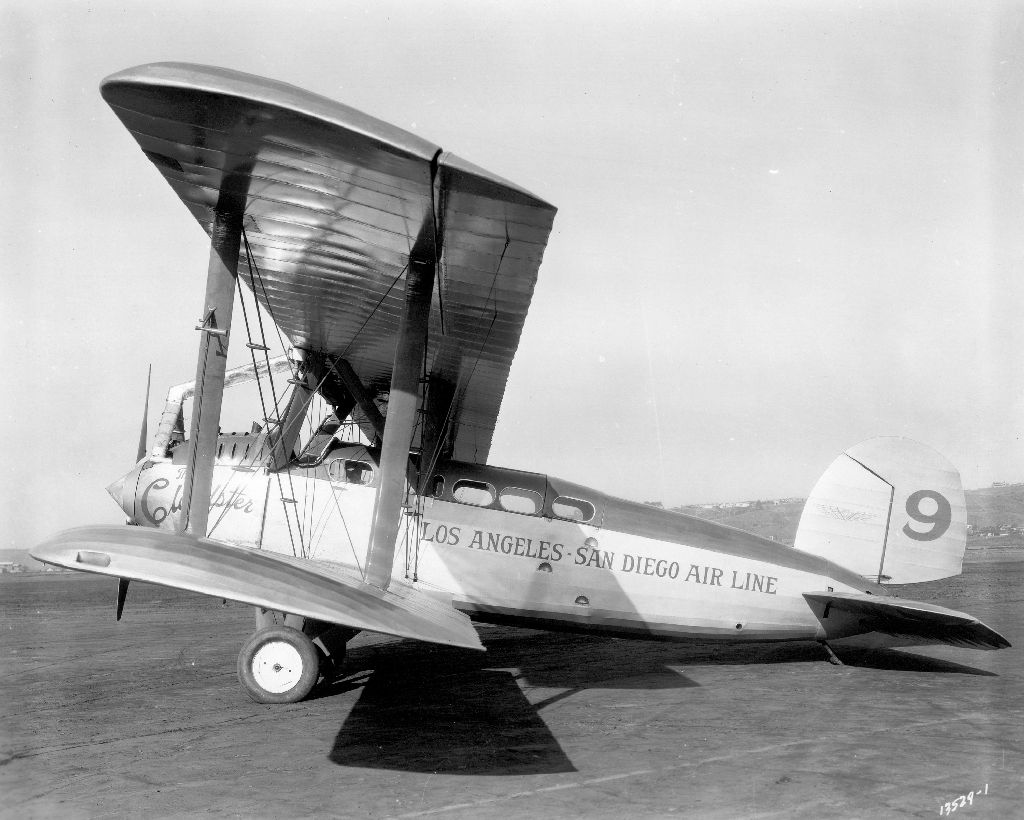
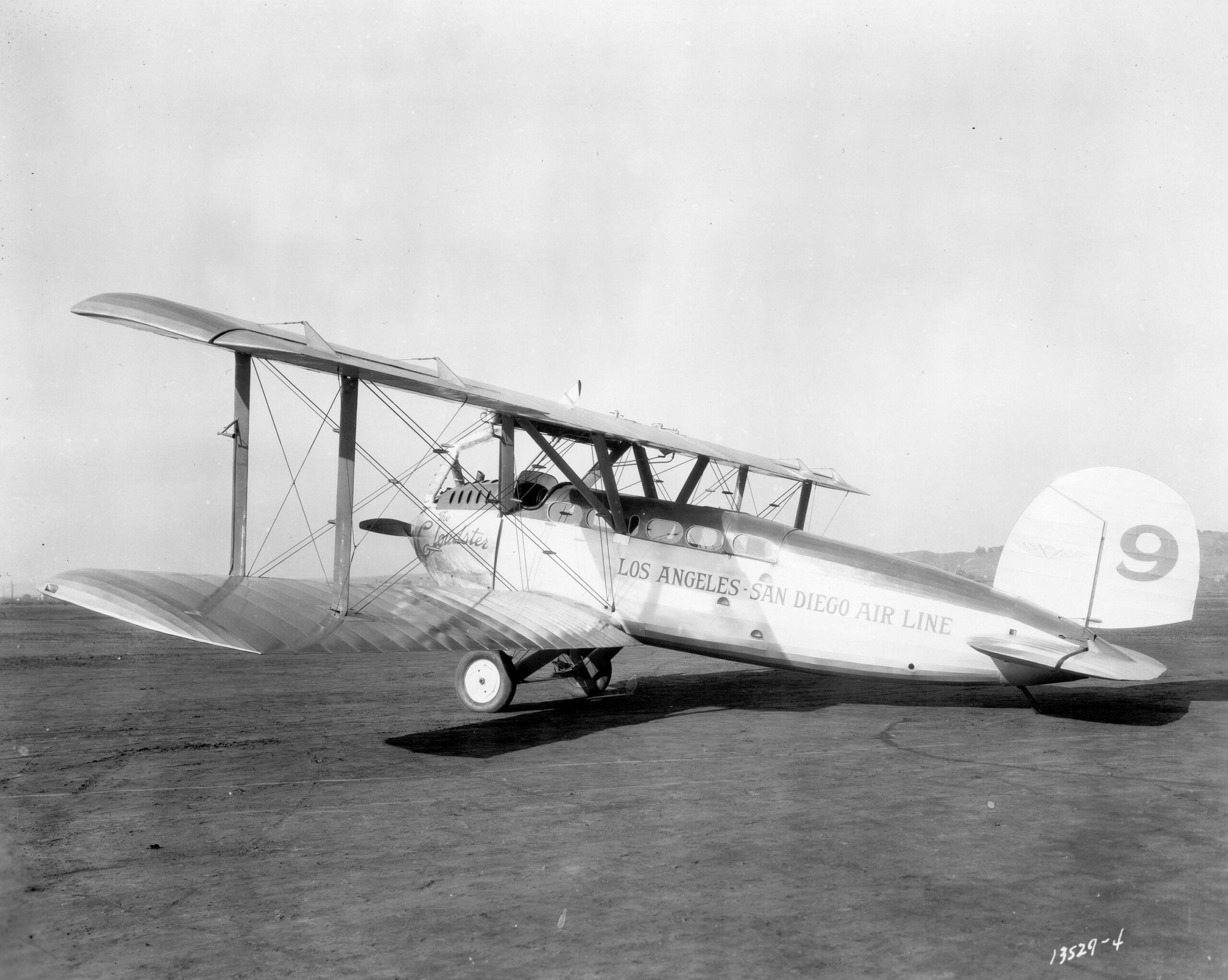
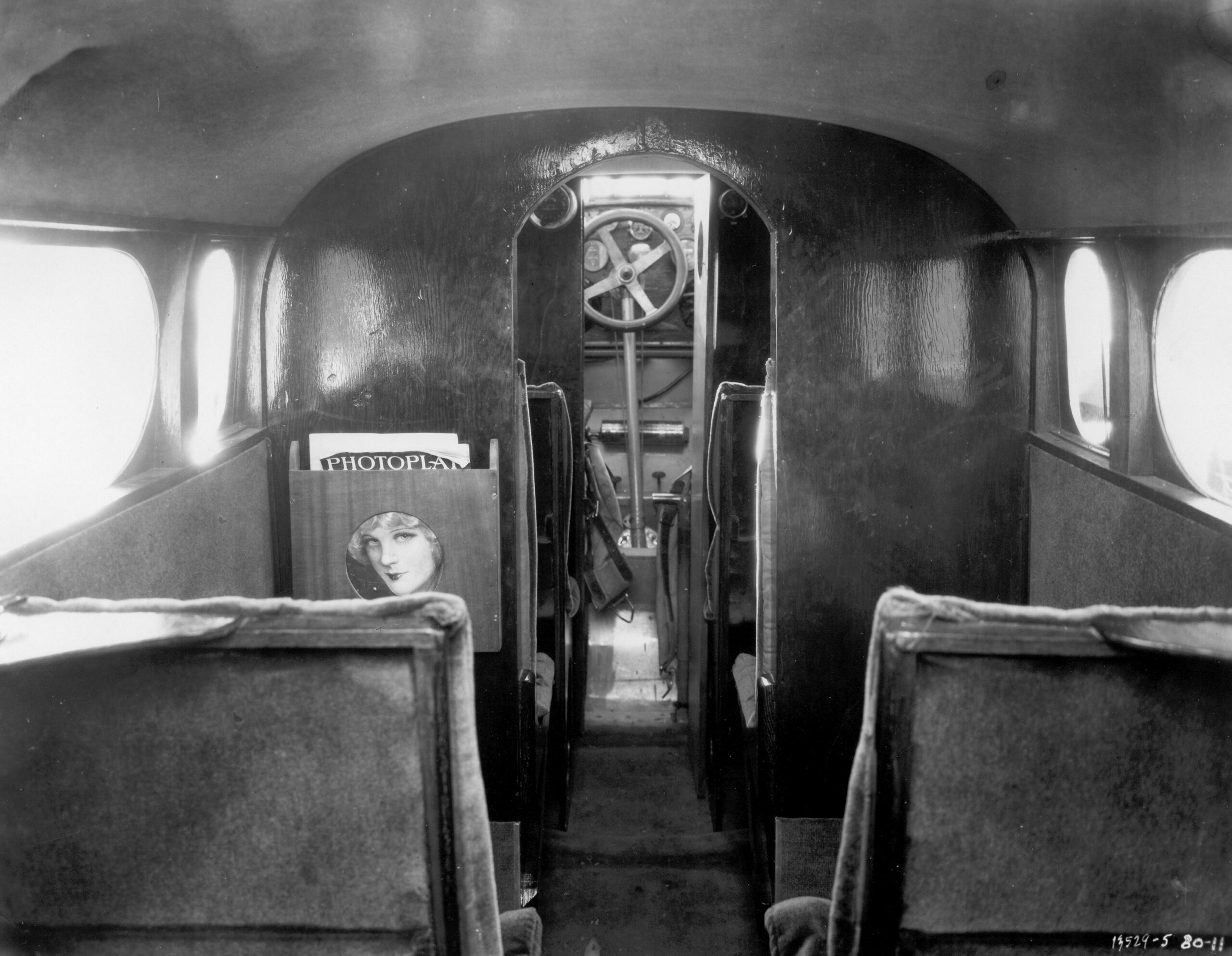
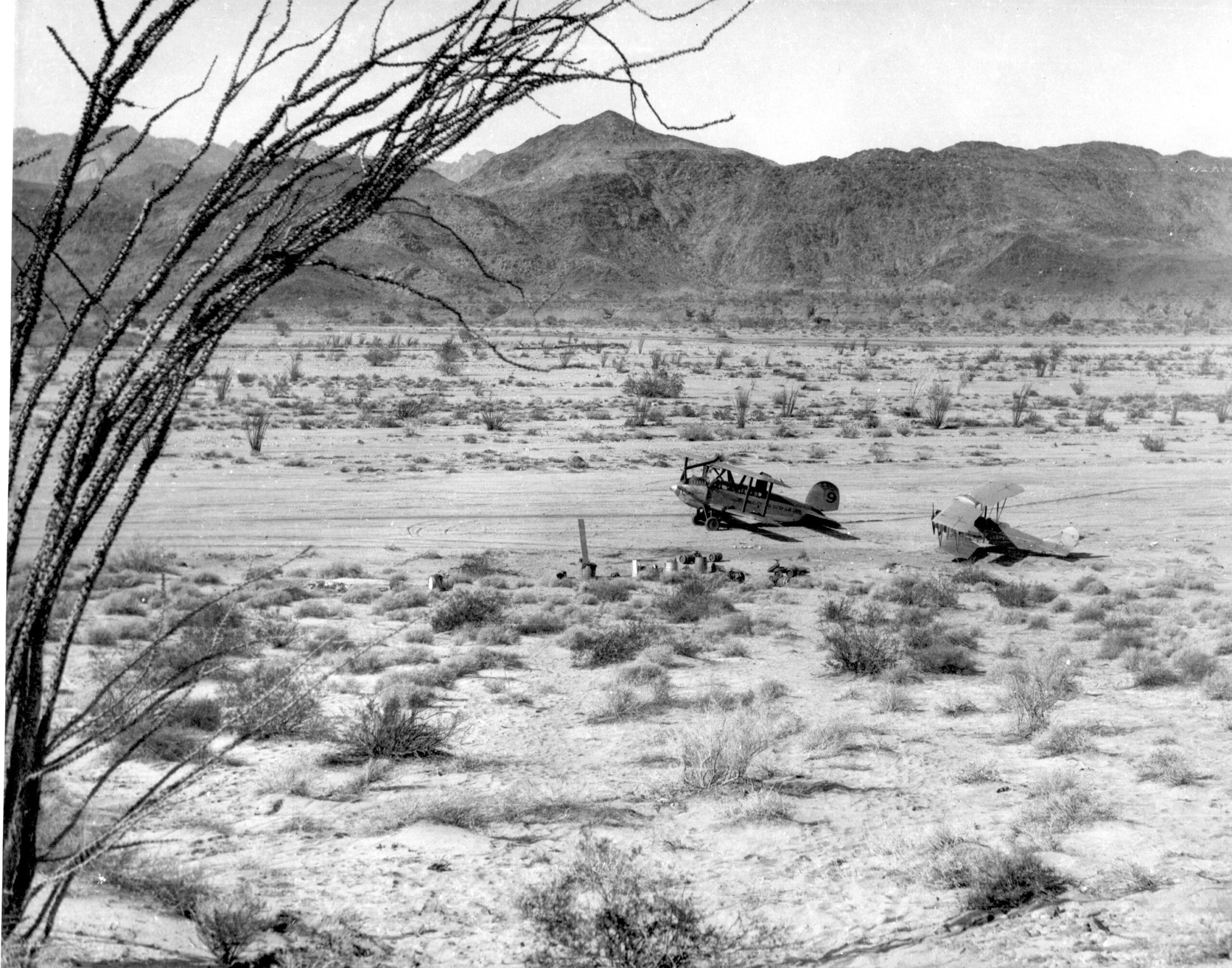
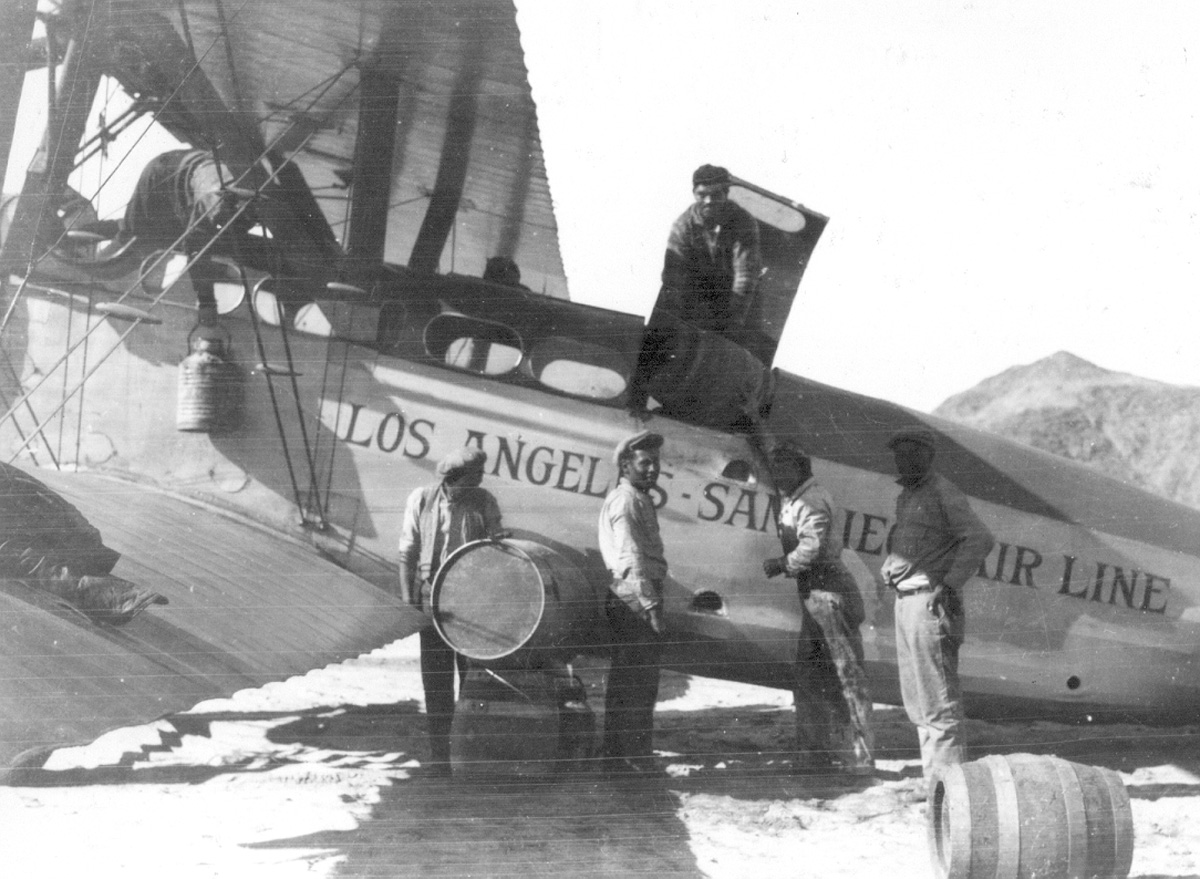
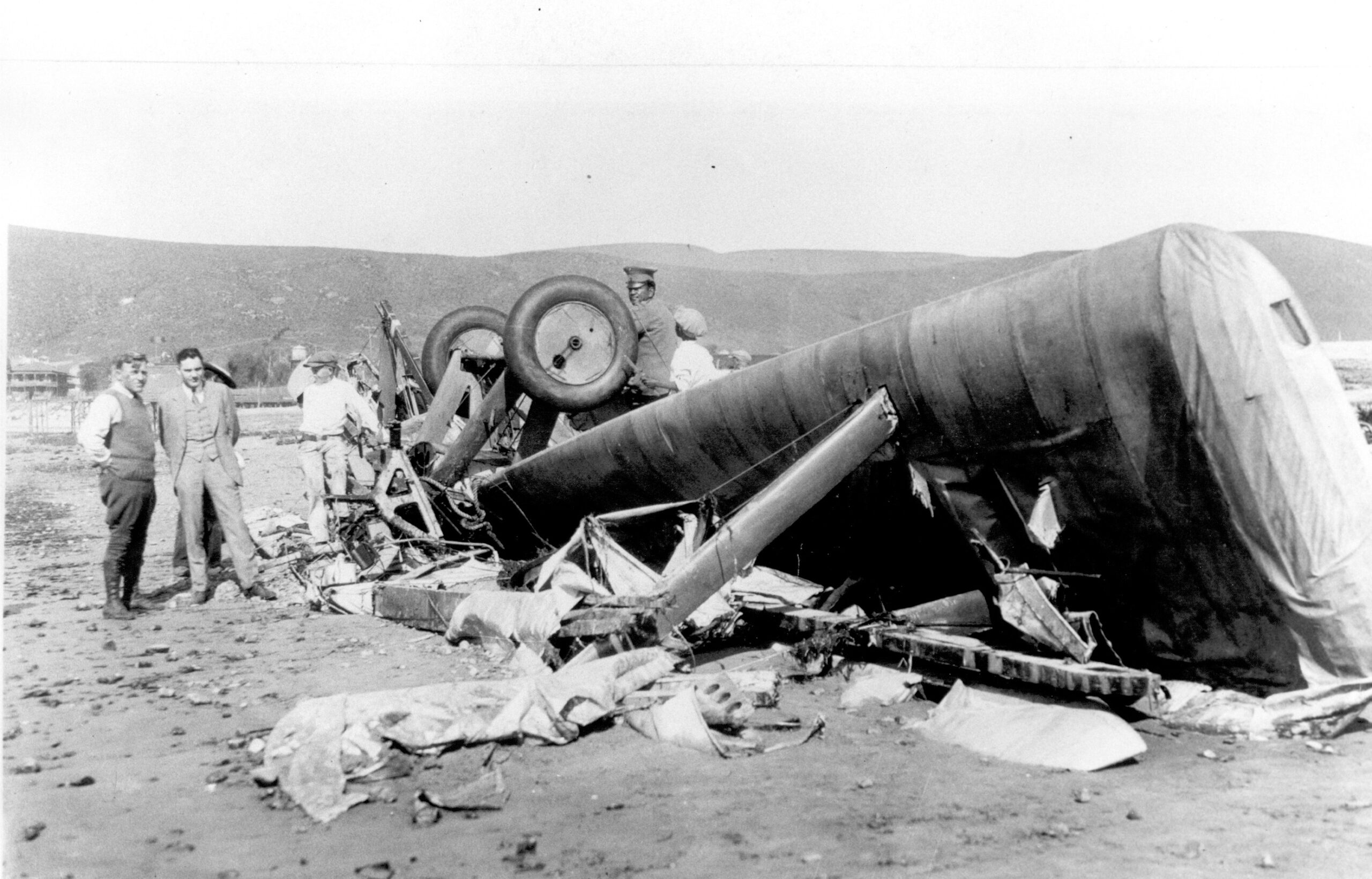
¹ Prohibition was an era between 1920 and 1933, when the production, sale and importation of alcoholic beverages was prohibited in the United States. This gave rise to organized crime, tax evasion, “boot leggers,” “rum runners,” “speak easys” and “bathtub gin.”
© 2019, Bryan R. Swopes
I question Ryan Airlines beginning the first regularly-scheduled passenger airline service within the mainland United States. Please look at the following history:
In the spring of 1921, Aeromarine began to offer regular service during the summer months between New York City, Atlantic City, Southampton and additional destinations on Long Island, Newport, Lake George, and other regional resort destinations. Before ceasing operations early in 1924, Aeromarine had carried over 30,000 passengers, flown well over a million passenger miles, and hauled close to 100,000 pounds of freight, while only suffering one serious fatal. In just over three years of operations, Aeromarine instituted many “airline procedures”: pilot training; maintenance programs; passenger services; and seasonal rotation of equipment.
According to The National Aviation Hall of Fame, T. Claude Ryan “. . . opened the Los Angeles-San Diego Airline, the nation’s first regularly scheduled airline. That same year his Ryan Airlines, Inc. began manufacturing commercial airmail planes.” SPT Airboat Lines preceded Aeromarine by 7 years, beginning passenger flights 1 January 1914. I believe the distinction is “regularly scheduled.” Ryan offered flights from Los Angeles to San Diego, departing at 9:00 a.m., daily, and from San Diego to L.A., departing at 4:00 p.m., daily. One-way flights were priced at $14.50 and the round trip fare was $22.50.
No, that’s not right, because SPT was also “regularly scheduled,” with flights departing St. Petersburg at 10:00 a.m. and 2:00 p.m., and Tampa at 11:00 a.m. and 3:00 p.m. Let me look into this further, Mr. Williams. Someone had to be “first” and and it’s hard to beat SPT in that regard. Further research is required. Thanks for bringing this up. —Bryan
The following daily schedules have been taken directly from the Aeromarine Airways timetables published in 1922:
Aeromarine Airways (Great Lakes Division) provides daily scheduled flights from Cleveland to Detroit at 9:00 AM and 5:00PM and from Detroit to Cleveland at 9:00AM and 5:00PM (except Sundays and weather permitting).
Aeromarine Airways also provides daily scheduled passenger service from Atlantic City to New York City at 10:00 AM and from New York City to Atlantic City at 4:00PM.
Declaring SPT offered the “first regularly scheduled ” service has always been in controversy but there is no denying Aeromarine scheduled service was fully three years ahead of T. Claude Ryan’s operation.
Sounds like you are correct, Ted. Thanks for researching this. I have corrected the post.
Bryan, I need to say that I wasn’t being critical of your posting. I think you are doing a wonderful job in providing people a look into the history of one of humankind’s most important endeavors. The world of aviation has touched all of us.
No, Ted, I didn’t take it that way at all. I sincerely appreciate your comments. I try to be as accurate as possible. Sometimes there is very little information available on a subject, sometimes it is conflicting, and, as in this case, my source turns out to be wrong. When you or my other readers can put me on the right trail, we all benefit. Thank you for the info about Aeromarine. I have already started drafting a post. NASM seems to have some good photos available. . . And thank YOU for being a regular reader. —Bryan
Outstanding post.
Thank you.
There was a Douglas Kelley that worked for Ryan and his signature is on the inside of the spinner on Charles’ airplane. He was also in on the ground floor of PSA in maintenance. He lived across the street from me until he passed away. An aviation history book. .